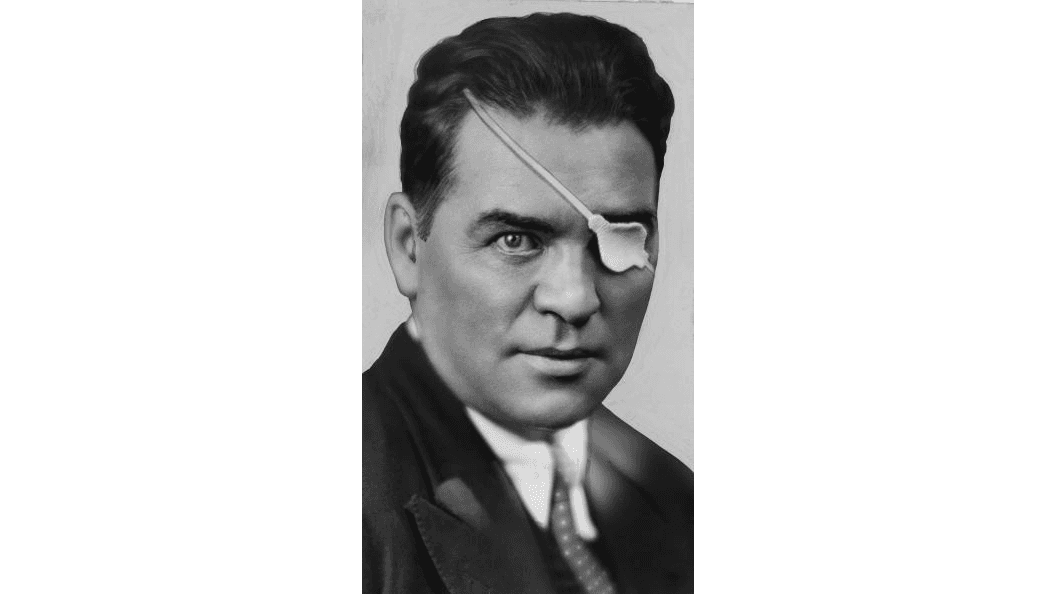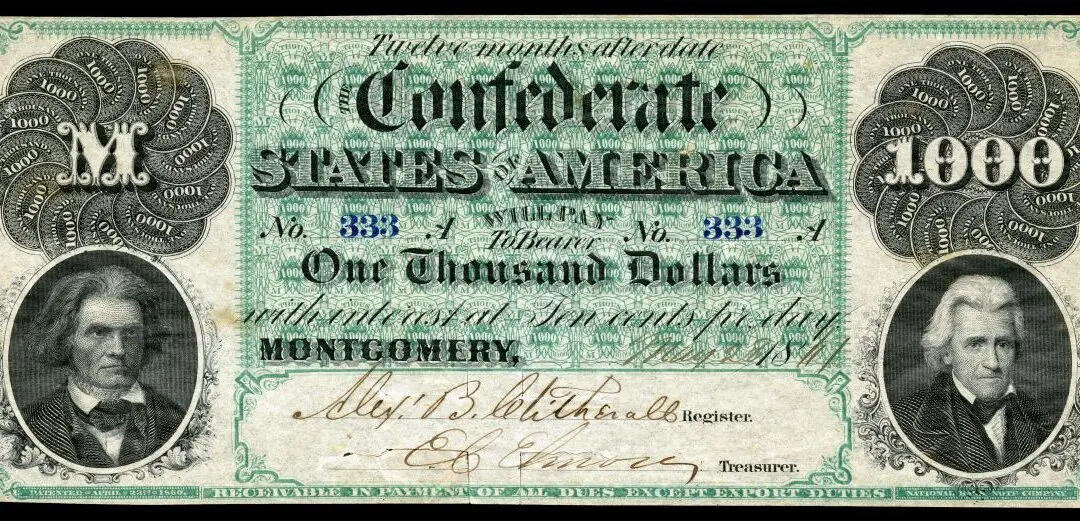Floyd Gibbons (1887–1939) loved to write about his experiences because his experiences were often exhilarating. Growing up at the turn of the 20th century, Gibbons was born at the perfect time for great adventures. In a way, he hastened the approach of his adventures when he was expelled from Georgetown University.
Failing to obtain his law degree, he began his career as a newspaperman. In 1907, he joined the Minneapolis Daily News to cover the police beat report. After he was fired from that position, he joined the Milwaukee Free Press and then the Minnesota Tribune.






